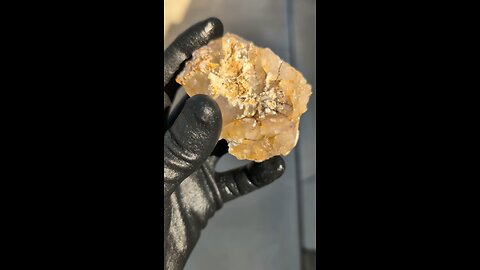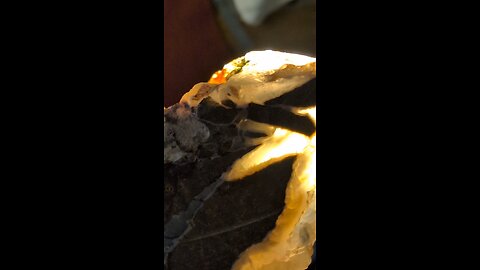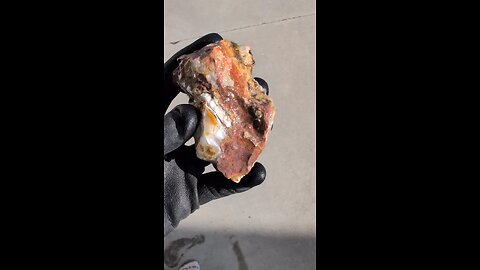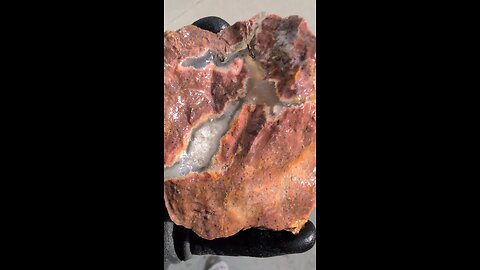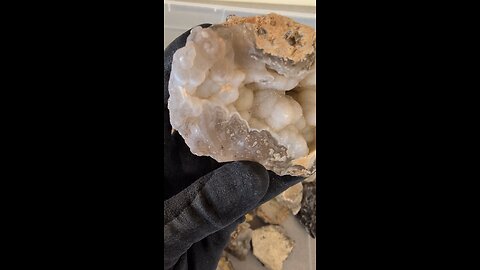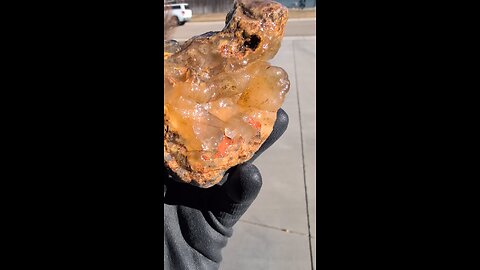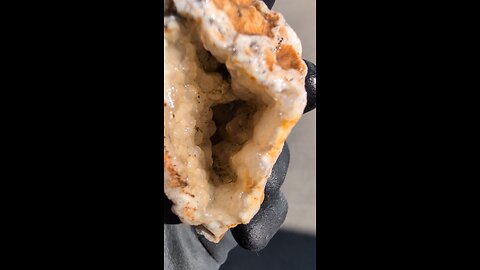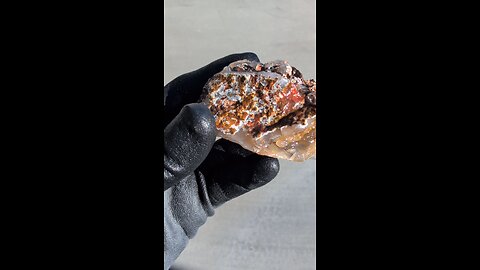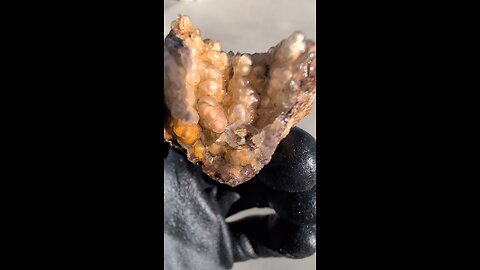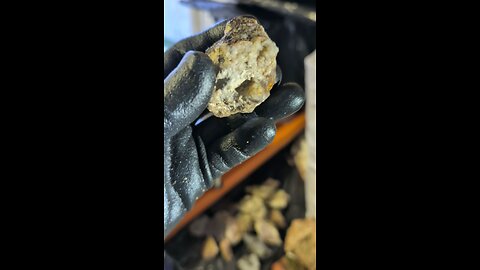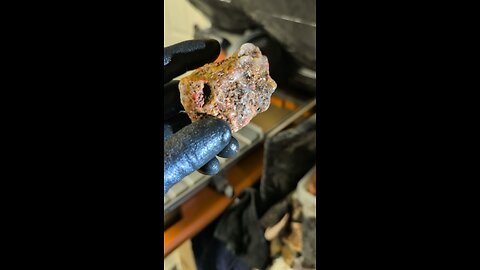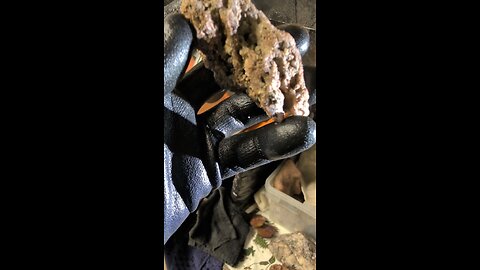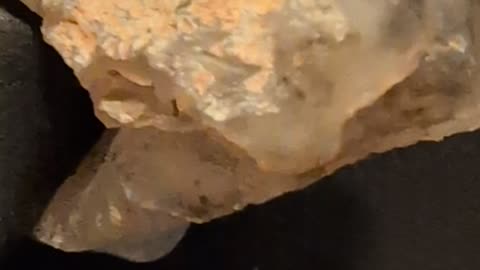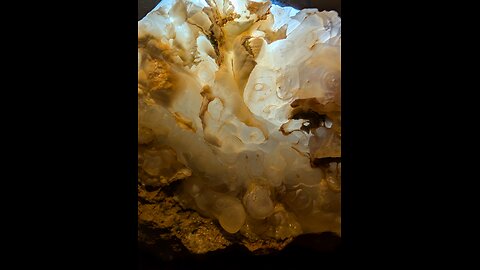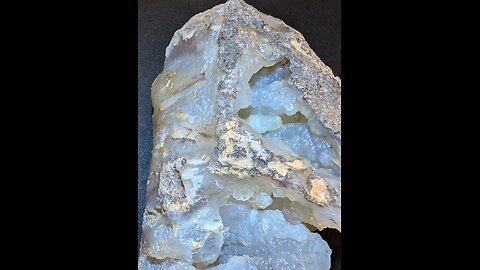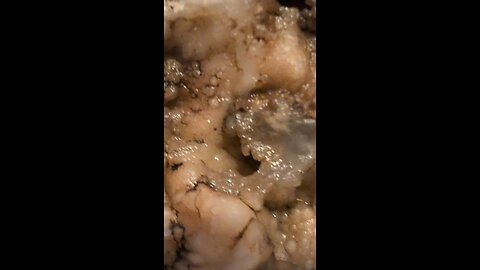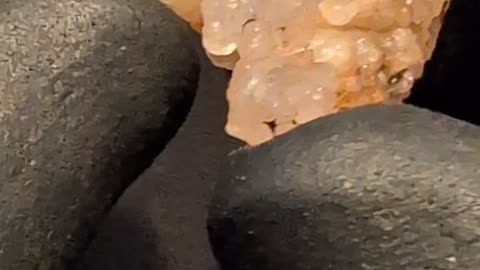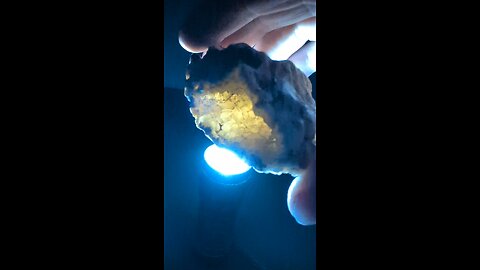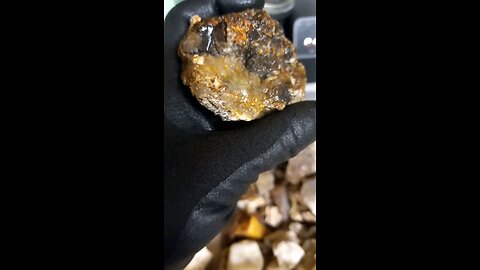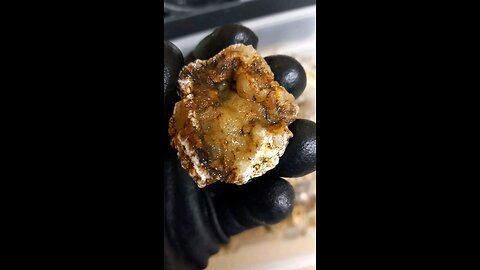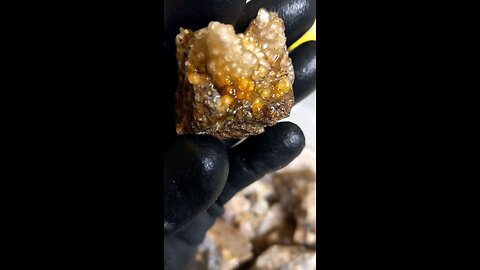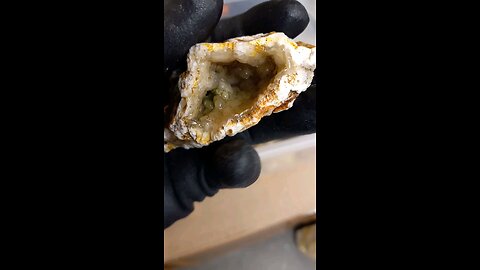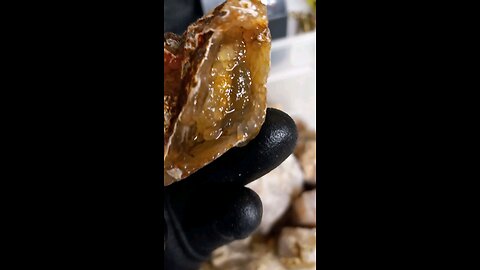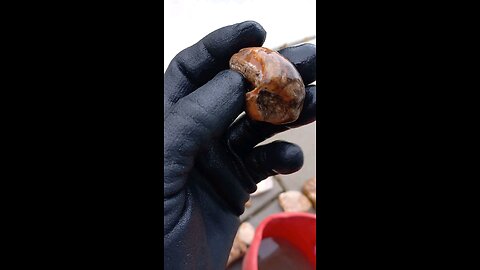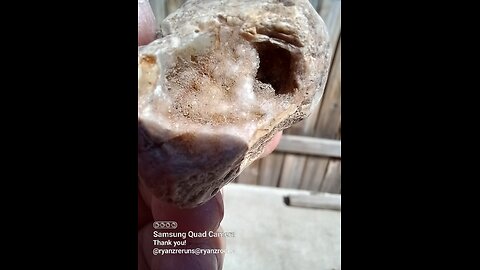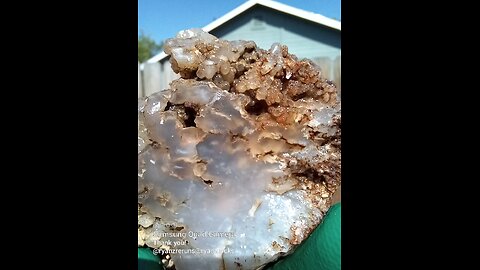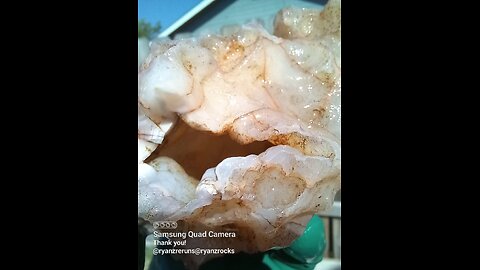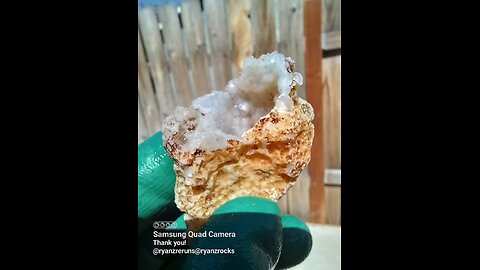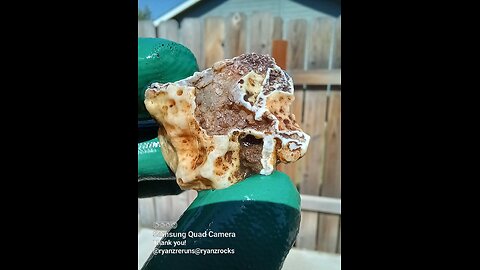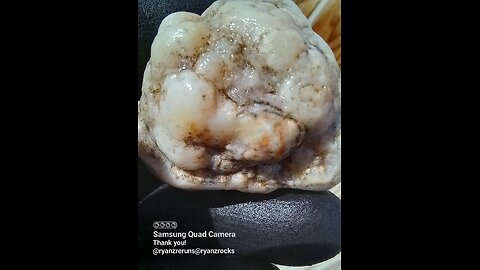Premium Only Content

Interesting Botryoidal Formation!
Botryoidal Chalcedony n' Jasper Glow!
Broken Thunderegg Cluster!
Chalcedony n' Quartz Veins!
Botryoidal Geode!
Botryoidal Carnelean!
Botryoidal Geode!
Botryoidal Plume Agate!
Botryoidal Formation!
Ooids inside!
Brecciated Jasper Cut!
Botryoidal Plume Cut!
Plume botryoidal chalcedony nugget!
Plume slice!
Botryoidal slice!
Plume agate inspection!
Botryoidal Chalcedony Nugget!
Botryoidal Glow!
Hot Botryoidal Mess!
Half of a geode!
Botryoidal formations!
This half survived Monther Nature!
Broken geode!
Some botryoidal goins' on!
It's hollow!
Botryoidal chalcedony!
White botryoidal chalcedony?
Botryoidal chalcedony!
Botryoidal chalcedony!
The rock in the image appears to be a type of chalcedony, possibly an agate or a similar variety. Here's why:
1. **Coloration and Banding**: The rock has a predominantly white or light gray color with some yellowish-brown inclusions. This kind of coloration and banding is typical for agates, which are a variety of chalcedony.
2. **Translucency**: Chalcedony, including agate, often has a translucent quality, which seems to be present in parts of this rock.
3. **Texture**: The rock's texture looks somewhat waxy or greasy, which is characteristic of chalcedony due to its fine-grained silica composition.
4. **Inclusions**: The yellowish-brown areas could be iron oxide or other mineral inclusions, which are common in agates and give them their varied colors. However, without specific tests like a hardness test, streak test, or chemical analysis, this identification remains speculative. For a more precise identification: - **Hardness Test**: Chalcedony has a hardness of around 7 on the Mohs scale, meaning it should scratch glass but not be scratched by a knife. - **Streak Test**: The streak of chalcedony (if it could be powdered) would typically be white or colorless. - **Microscopic Analysis**: Looking at thin sections under a microscope could reveal the mineral composition more clearly. - **Consulting a Geologist or Using Spectroscopy**: For a definitive identification, especially if this rock might be of value or scientific interest.
-
 LIVE
LIVE
Father Russell
4 hours agoAshes of Creation | Alpha 2 Testing | Exploring The Map
56 watching -
 LIVE
LIVE
Boxin
27 minutes agoTomb Raider I (Remastered) Im Back!
51 watching -
 51:38
51:38
Man in America
16 hours agoSINISTER: Cartel Child Trafficking Network Exposed by Investigative Journalist w/ Hollie McKay
60.3K21 -
 3:05:12
3:05:12
DLDAfterDark
8 hours ago $9.78 earnedDLD Live! What is "The Best" Camo For Your Gear & Equip??
35.7K4 -
 33:13
33:13
Beach Broadcast
15 hours ago5/3/2025 - Trump Effect and Comms! Big week ahead!
53.8K49 -
 11:39
11:39
Tundra Tactical
11 hours ago $11.44 earnedSurprise Releases For the Trailer Park & The Micro-Brewery.
63.4K10 -
 19:51
19:51
Bearing
22 hours agoMy VAMPIRE WIFE is in a SATANIC MURDER CULT (Allegedly)🧛♂️🔪🩸
85.8K42 -
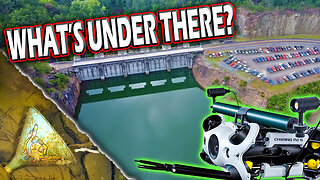 13:08
13:08
Exploring With Nug
19 hours ago $16.71 earnedWe Explored a Lake with an Underwater Drone — Here's What We Found!
86.3K5 -
 15:07
15:07
Mrgunsngear
1 day ago $15.80 earnedStreamlight TLR-1 HL-X USB Weapon Light Review 🔦
95.5K8 -
 3:31:40
3:31:40
Barry Cunningham
13 hours agoREACTING TO THE DOGE INTERVIEW | MORE NEWS | NEW AFTER PARTY! (Re-Stream)
93K195
